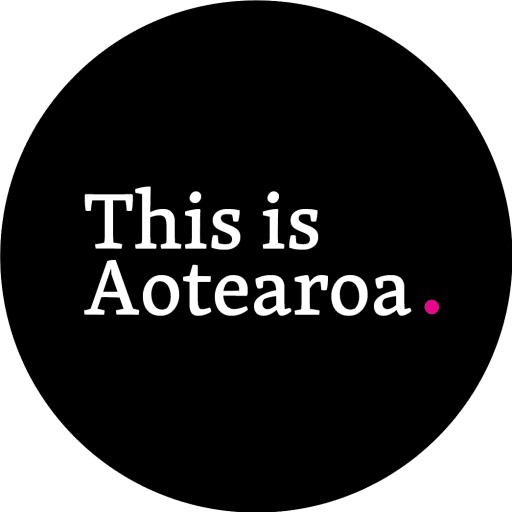Neill | Lake Ōkareka, Waikato
“I was transferred to Rotorua in the end of 1973, and I got to work for the DSIR, which stands for Department of Scientific Industrial Research, and I mapped the soils and volcanic ash around Rotorua.
But the man in charge of the office, his name was Alan Puller, WAP we’d call him, and he was a senior scientist in New Zealand, a very skilled man with amazing memory. On the first day I arrived there, he said to me, Neil, you don’t learn this stuff out of books, you come in the field and ask me questions, got that? So, I was his equal from day one, and was able to do things a lot with him, learn a lot from him. My regret was I didn’t appreciate how good he was. I didn’t appreciate the wisdom, the opportunity I had. So, I only realised how good he was, when he wasn’t there. He died a few years later. What I learned from that is the focus on being curious. We need to ask questions. Everybody’s got a story, got a skill. Don’t ask, you don’t know, and that’s what I do with people whenever I’m travelling around. I talk to people. I ask them questions. Where do they come from? What’s their background? Because I get to tell them about the geomorphology and some of the history of Rotorua, and I get to learn from them. So, it’s a two-way process.
I grew up in Dunedin, and I was, again I was involved with the DSIR down there, and I mapped soils in Dunedin City, Otago Peninsula, and way down around Balclutha. I was one of six children, and then I got transferred to Rotorua as I mentioned earlier, in 1973, and that’s when I came to work here, and began mapping the soils and volcanic ash around Rotorua.”

